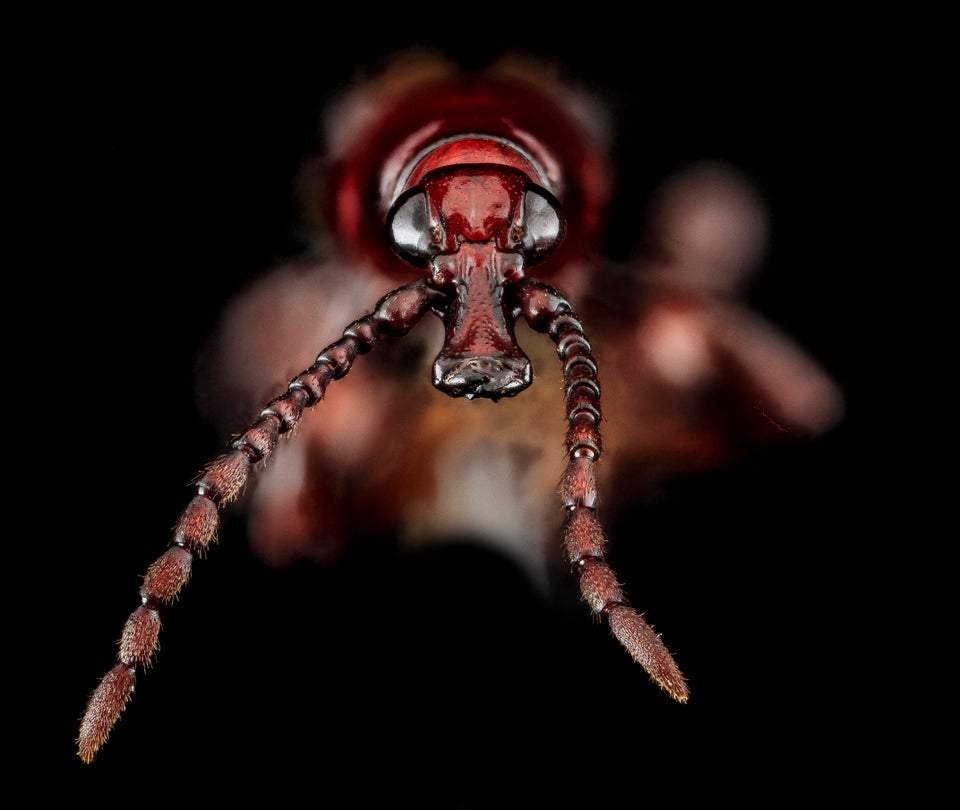The brutally cold winter of 2013-14 has put a dent in the invasive insect population, but it won't be a total wipeout, according to experts.
The severe cold that certain areas of the United States experienced this January will undoubtedly impact certain organisms, especially those that are not well adapted to survive cold winters, Thomas P. Kuhar, an entomology professor at Virginia Tech University, said.
"These include some warmer-climate species that have moved into more northerly climates over the past decades of warmer years," Kuhar said. "They also include species that are not well protected from the cold, such as insects spending the winter in leaf litter for instance."
Cold weather will continue into April but will not be as cold as experienced earlier this winter, AccuWeather.com Long-Range Expert Jack Boston said.
"Basically, the cold spell that we're coming out of is likely going to be the coldest one, but that doesn't mean we won't have another cold spell," Boston said.
The brown marmorated stink bug, however, is well-adapted to colder climates, Kuhar said.

The bugs have been detected in 40 states, causing severe agricultural problems in Pennsylvania, Delaware, Maryland, New Jersey, Virginia and West Virginia.
The stink bugs will mass together and seek shelter in late September. They will huddle together in buildings, cracks of giant rock outcroppings or inside dead standing trees.
"Both of these behaviors enable this bug to escape much of the severity from the wind-chill elements," Kuhar said.
The stink bugs also change during the winter by increasing their concentration of cryoprotectants such as polyalcohols, sugars and sometimes proteins.
"This acts as kind of an antifreeze preventing crystallization of the hemolymph or insect blood, if you will," Kuhar said.
Overwintering stink bugs can endure temperatures as low as 4 or 5 F (-15 C) before crystallization and likely death occurs, he said.
The biggest threat to stink bugs and many other living things in temperate regions is a premature warm spell during the winter, causing activity of the bugs and movement out of shelters, then a severe drop in temperature soon after, Kuhar said.
"Warm temperatures during winter, or inside of a house for instance, induce the bug to move, which burns up energy reserves leading to likely death from desiccation or depleted fat (energy) reserves," he said.
Stink bugs that survive this winter won't adapt to the point of a "superbug," because they have evolved over centuries in Asia and has been exposed to a greater range of temperature extremes, Kuhar said.
On the other hand, the mosquitoes responsible for the spread of West Nile Virus are hardier and are expected to continue as a major presence during 2014 in Pennsylvania, according to the Pennsylvania Department of Environmental Protect.
"Unfortunately, this breed [Northern House mosquito] successfully hibernates as adults, regardless of how cold the temperatures may plunge during the winter," DEP Spokeswoman Amanda Witman said. "When they emerge in the spring, they are quick to reproduce, so the severity of the winter weather has very little to no impact on them."
However, there is some positive news on the mosquito front, Witman said.

The population of Asian Tiger mosquitoes has grown during the last several years, but they overwinter in the egg stage, making them a little more vulnerable in extreme cold.
"When the average mean temperature dips below 23 degrees, a large die-off of Asian Tiger mosquitoes is expected," Witman said. "Again, this breed does not carry West Nile virus, but they are a major nuisance as they are out during the daytime, not just dawn and dusk as is typical for other breeds of mosquito."
The average mean temperature in a good part of Pennsylvania late next week could be before the 23 F mean, Boston said. After mid-March, there could be as many as four milder days above normal.
A storm is possible next week in the East, maybe a snowstorm in the interior of the region, Boston said. After that storm, there will be another blast of cold air but not as cold as earlier this winter.
